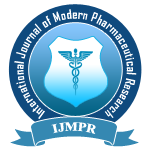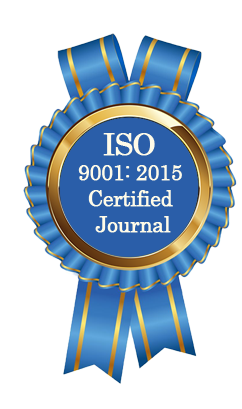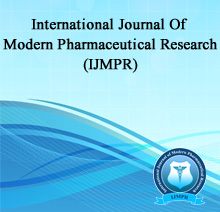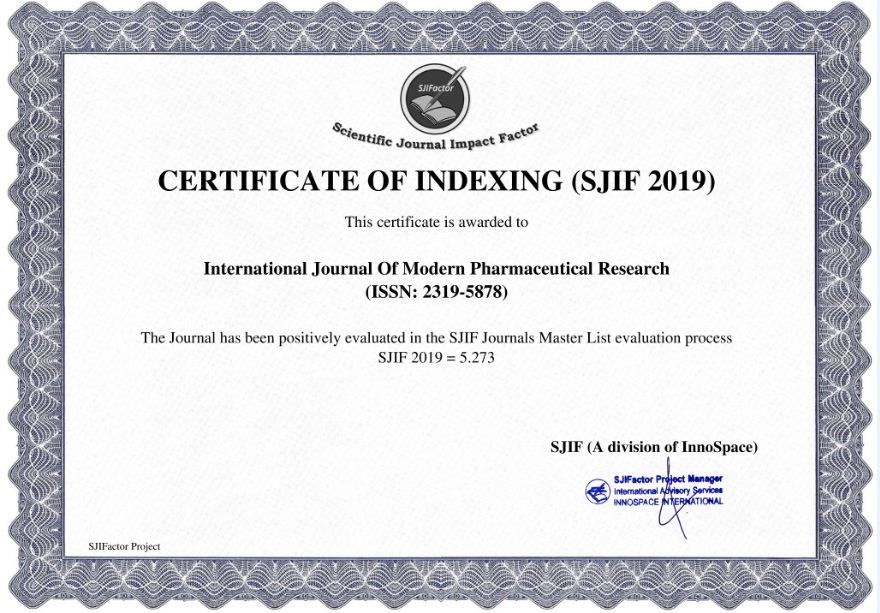FORMULATION AND EVALUATION OF FLOATING MICROSPHERES OF TIMOLOL BY SOLVENT EVAPORATION METHOD USING DIFFERENT POLYMERS
Jyoti Shukla*, Anamika Jain, Ravish Kumar Sahu, Sonu Ahirwar and Kashiram Prajapati
ABSTRACT
Timolol is a non-selective beta1 and beta2 adrenergic receptor blocker that lacks considerable intrinsic sympathomimetic, direct myocardial depressive, or membrane-stabilizing local anaesthetic effect. Timolol has a half-life of three to four hours, and after an hour, its plasma concentration peaks. This study's primary goal was to create and assess floating timolol microspheres utilising various polymers in order to extend their stomach residence period. Ethyl cellulose and hydroxy propyl methyl cellulose were among the many ratios of polymers used in the solvent evaporation process to create the microspheres. K4M. Additional evaluations of the floating microspheres included fourier transform infrared spectroscopy (FTIR) (compatibility studies), in vitro drug release study, release kinetics, drug content, swelling index, percentage yield, particle size, entrapment efficiency, floating capacity, and micromeritic properties such as bulk density, tapped density, angle of repose, etc. Timolol was discovered to be a white, crystalline powder with no smell. Timolol was discovered to have a melting point of 202–203ºC. The n-octanol:water partition coefficient value was 0. 980, indicating that the medication is hydrophilic and somewhat lipophilic. The reference spectra of I.P. 2010 were consistent with the peaks in the timolol infrared spectrum. Timolol's standard curves were created by employing the UV absorption technique at λmax 294 nm in pure water. It was discovered that the correlation coefficients were 0.99465. All of the formulations had an average particle size between 122.02±1.2 μm and 147.70±1.23 μm. The produced floating microsphere of timolol had a yield percentage that ranged from 66.75±0.92% to 97.75±0.84%. According to this evaluation measure, F6 has a satisfactory production yield of 97.75±0.84. Formulations from F1–F6 had entrapment efficiencies ranging from 85.60± 0.69% to 92.80± 0.97%. SEM was used to examine the internal and external morphology of the floating microsphere. The prepared microsphere had a hollow interior and was spherical with a smooth surface. It was discovered that the formulation F6 had the higher entrapment efficiency value. According to an in vitro release research, as the percentage of NaHCO3 rose, the drug release rate increased non-significantly (p>0.05). The generated floating microspheres of timolol were found to be an appropriate and useful method for prolonged drug release over an extended period of time, improving oral bioavailability, efficacy, and patient compliance.
[Full Text Article] [Certificate Download]


